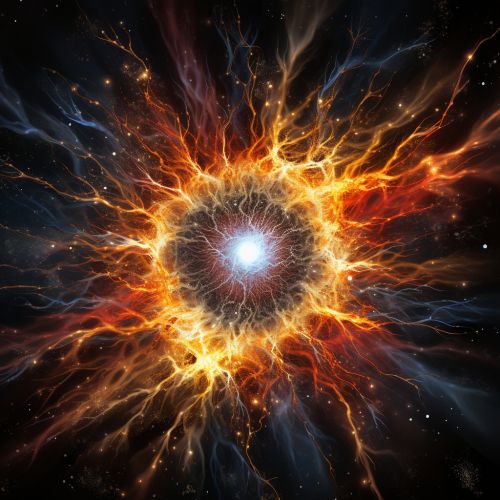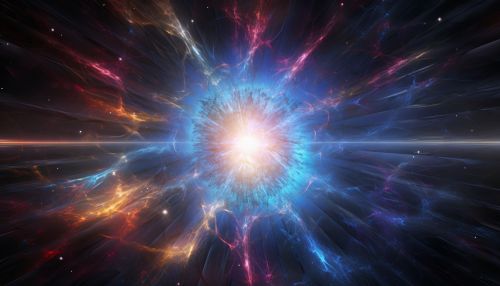The Physics of Quantum Fluctuations
Introduction
Quantum fluctuations refer to the temporary change in the amount of energy in a point in space, as allowed by the Heisenberg's Uncertainty Principle. This principle, a fundamental theory in quantum mechanics, states that it is impossible to simultaneously measure the exact position and momentum of a particle. In other words, the more precisely one property is measured, the less precisely the other can be controlled, determined, or known.


Quantum Field Theory
In quantum field theory, the universe is described as being composed of fields corresponding to the fundamental forces of nature. Particles are seen as excitations of these fields. Quantum fluctuations are a manifestation of these fields. They represent an inherent uncertainty or unpredictability at the heart of quantum field theory.
Vacuum Fluctuations
In quantum field theory, even the vacuum - the state of lowest energy - is subject to fluctuations due to the uncertainty principle. These fluctuations, known as vacuum fluctuations, are the temporary changes in energy occurring in empty space, the vacuum. They are an expression of the principle that in quantum mechanics, everything that can happen does happen – including temporary violations of energy conservation.


Virtual Particles
Quantum fluctuations can lead to the temporary creation of pairs of particles and antiparticles out of the vacuum. These particles, known as virtual particles, are not real in the same sense as the particles that make up matter. Instead, they are a mathematical device used in quantum field theory to make calculations easier. Despite their name, virtual particles can have real, observable effects.
Casimir Effect
One of the most famous effects of quantum fluctuations is the Casimir effect. This is a small attractive force that acts between two close parallel uncharged conducting plates. It's caused by quantum vacuum fluctuations of the electromagnetic field.


Quantum Fluctuations and the Big Bang
Quantum fluctuations may have been very important in the origin of the structure of the universe: according to the model of inflation the ones that existed when inflation began were amplified and formed the seed for all current observed structure.


